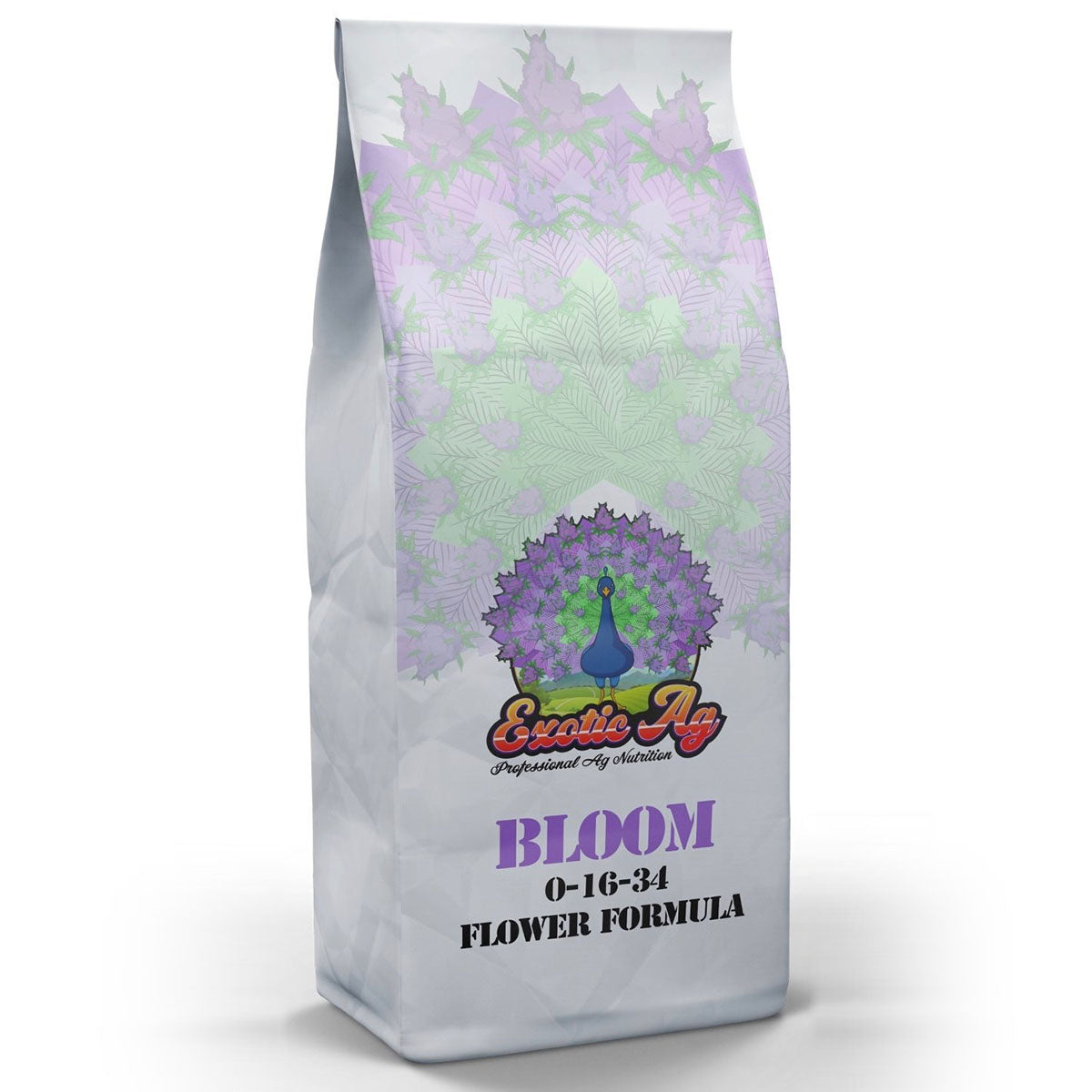Brix and Your Plants
3 min read
Protect Your Plants and Improve Flavor
What is Brix? Brix is the measure of sugar density in your plants juice or sap, along with minerals, proteins and other dissolved solid content. It plays an important role in your plant’s ability to fight stress due to drought or cold weather, as well as defending against insect attack.
How To Measure Brix
A tool called a refractometer is used to measure degrees Brix. Juice from a plant's leaf or fruit is extracted and then measured by the refractometer to determine the plant's Brix.
This measurement's importance lies in the link between Brix levels and nutrient content in plants and fruits, or for cannabis – the flavor of the flower. The higher the Brix level (sugars, vitamins, minerals, proteins and other solids), the higher the nutritional value of your fruit, vegetable or flower – ultimately resulting in better flavor.
How To Increase Brix Levels
To improve your crops' Brix levels, you should focus on efficient nutrient and water uptake during your plant’s life cycle. By using organic bio-stimulant additives like seaweed, humic and fulvic acids, amino acids, glycine betaine and beneficial microbials, you can increase your plant’s nutrient uptake, resulting in improved Brix.
Improving Cold Tolerance
Mainstream agriculture has long been aware of the benefits of high Brix. Plants that have higher Brix levels are less prone to frost. This is because high Brix plant sap has a lower freezing point than low Brix sap. This helps with protection against frost damage and less leakage or damage during thawing. The leakage from a low Brix plant is an invitation for insects.
Fighting Against Insects and Disease
An unhealthy plant will emit an electromagnetic frequency that actually calls insects in like a dinner bell – Chows on! This is a result of simple sugars and incomplete proteins leaking out to the surface of the leaves and stems, attracting the insects. However, healthy plants with a Brix value of 12 or higher, emit a different frequency that insects do not tune in to. Nature has been designed to use insects to get rid of poor-quality plants that are unfit for human consumption. In the same way a poorly balanced soil will produce plants susceptible to disease. Properly balanced soil will produce plants resistant to disease. Soil expert William Albrecht put it this way:
“Insects and disease are the symptoms of a failing crop, not the cause of it. It’s not the overpowering invader we must fear but the weakened condition of the victim.”
So, as a cultivator, you need to re-calibrate your thinking. Instead of having to react to a pathogen or insect attack, you need to prevent it by ensuring your plants are getting the maximum benefit from your soil and applied nutrients.
In Summary
By increasing your understanding of the role Brix plays in your plant’s life, you are increasing your knowledge of plant science. Preventative measures are always more effective than curative and by better bolstering the natural defense mechanism within your plant, you are ensuring they will reach their fullest maximum potential, providing high yields and fragrant flavorful flower.



